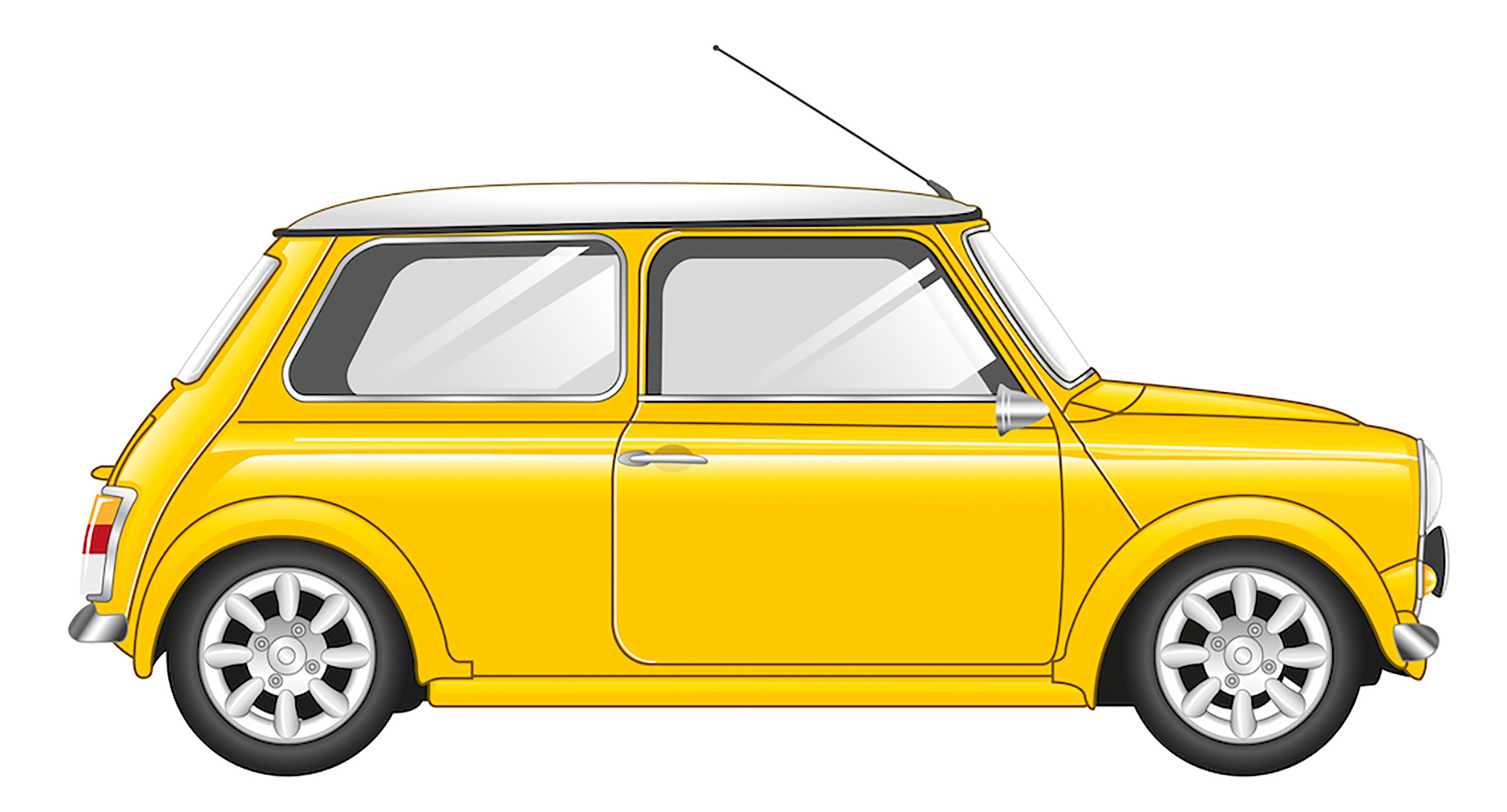Speed so Fast it Felt Like I Was Drunk
Stafford Beer famously wrote the “purpose of a system is what is does” however it has always felt to me that the phrase is incomplete, especially as Beer come from a constructivist position. So, with this in mind it might be more appropriate to say, “the purpose of a system is what it does based on the perspective of the observer”. I say this as different observers will perceive different purposes based on their perspective and may even change perspective depending on the situation in which they are observing the system. Harish Jose wrote a fantastic blog on this.
Let’s consider a car. An engineer may perceive a car from a design and component perspective, however that does not mean that the car is a system, it may simply be an object (which is made up of lots of other objects). Now the engineering team may have designed it for a purpose such as taking kids to school, transporting a businessman to work, to simply go fast or to carry things. However just because the engineers designed it to do one thing, that doesn’t stop it being used for another without it’s physical attributes changing.
Consider the song, Fast Car by Tracy Chapman. What the car represents to the singer is a means of escape, a way to transform her life. Yet from the other persons view the car may be a mechanism to develop a romantic relationship, whereas for the father (old man) mentioned it could mean the end of his support network. And to the songwriter the car could be the inspiration, as part of a system, to write a song and make lots of money. So, the same car, plays a different part in multiple systems, yet remains, from a physical point of view, unchanged. Mingers (2014) makes the observation, “it is very much one of the important planks of systems thinking that the observer must be recognized as part of the system. The central systemic idea – that the characteristics and behaviour of entities depended on the structure of relationships between components rather than the properties of the components themselves – carries with it several other concepts – emergence, hierarchy (or stratification as Bhaskar tends to call it) and boundaries”.
In October 2023, Patrick Hoverstadt made a presentation on purpose to a SCiO mini-conference and the recording can be found here. The initial part of the presentation was looking at the divide in systems and Patrick identifies two perspectives (note: not boundaries :)) purposeful and purposive. In very simple terms purposeful is soft systems thinking and purposive is hard systems thinking with the view put forward is that within the field of systems thinking people are entrenched into one of the two perspectives.
The two perspectives are divided as follows:
| Purposeful | Purposive |
| Purpose as ‘intention’ Anchored in the motivation / will of actors -especially individuals Individual’s agency to define/design/direct, shape the system Objective | POSIWID – not dependent on intention Anchored in the systems emergent properties System’s agency to shape individuals within the system Subjective |
The second part of the presentation was suggesting ways that people could reconcile the two entrenched positions, which is for people to take both a purposeful and purposive stance. Now I would argue that if people utilise a multi-methodology approach, such as using Critical Systems Practice, then it allows for a dual stance to be taken. However, one of the key takeaways of the presentation is that Patrick claims that “everyone agrees (and always have) that. Systems definitions and boundaries are chosen/ascribed by observers”. Now I would argue, especially given some of the comments that regularly pop-up on LinkedIn systems thinking posts, that not everyone agrees although I would suggest that those that don’t agree are the systems thinking version of ‘flat earthers’ but I personally agree that systems definitions and boundaries are set by the observer.
Now, I would argue that perspective is an important fundamental of systems thinking, as people bring a whole host of beliefs, assumptions, values and interests, something known as their Worldview or Weltanschauung (a German word much favoured by systems thinkers as it provides a richer expression of the word worldview). As a result it seems obvious that different people will see the world in different ways and will therefore interpret things though the experience of their own lens. Consider is the purpose of a car. Is it simply to move individuals from one location to another or do people view a car in terms of the systems they are connected with? And if a car is static, is it still a car? And what happens if someone has to live in a car? They might perceive it as their home whereas other people might consider it in a negative way.
And on this basis, we need to consider the perceived purpose, which may not be what was intended at all. I recently saw a successful project for homeless people in Bristol that repurposed shipping containers as homes. Now when first international standard for containers was established by the Bureau International des Containers et du Transport Intermodal (B.I.C.) in 1933 I’m sure that they did not consider that one day containers would be used as homes. And yet they are, very sucessfully. And from the creation of homes built from containers emerges a community and a way of reconnecting homeless people with wider society. It has also created jobs converting the containers and enabled people to learn new skills.
So, if we take the position that the observer sets the definition and boundaries then it is clear that POSIWID is really POSIWIDBOTPOTO. But for the sake of making life simple let’s continue to use the acronym POSIWID and acknowledge the implied ‘based on the perspective of the observer’.
References
Mingers, John (2014) Systems Thinking, Critical Realism and Philosophy: A Confluence of Ideas Taylor and Francis. Kindle Edition.
